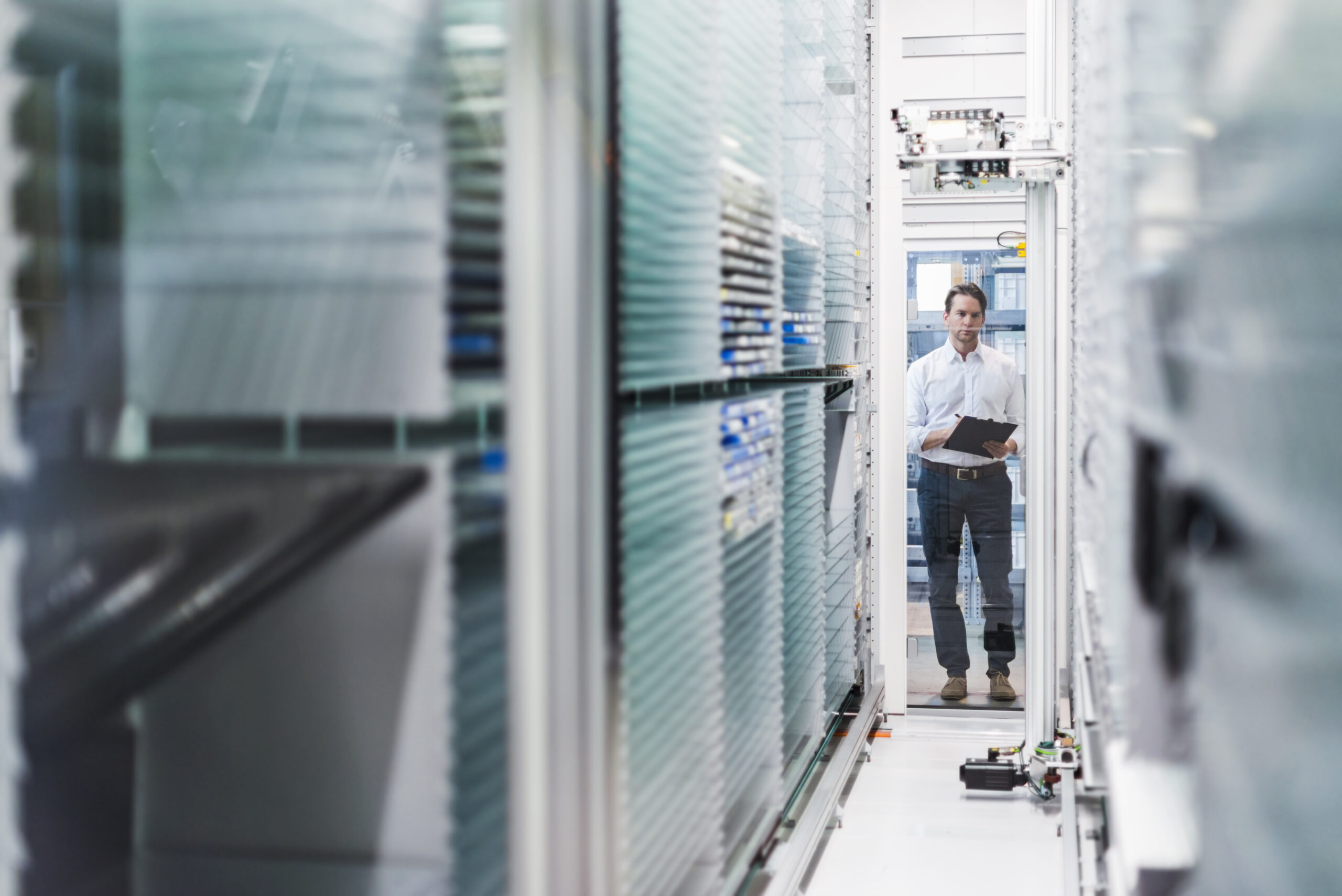Are the digital twins ready to conquer the world and what’s holding them back the most?

Digital twins, virtual replicas of physical objects, are becoming an increasingly important tool for modern industry. Their ability to optimize processes and improve efficiency brings companies huge potential for savings and growth. Estimates suggest that the global market for digital twins will reach a value of up to $150 billion by 2030, with services accounting for the majority of profits.
Although digital twins are becoming increasingly popular, incompatibility of data formats and interfaces is hindering their wider adoption. Experts such as Pinky Hiranandani of GlobalData point to the need for standardisation to enable seamless integration of these technologies across industries.
Companies today can take a modular approach to implementing digital twins, allowing them to start with small projects and gradually expand successful solutions to a larger scale. In addition, industry associations (such as the Digital Twin Consortium) are developing reference architectures to help companies manage the complexity of these systems.
Despite the initial costs and technical hurdles, digital twins offer huge potential for companies willing to invest in development and exploit their full potential. With increasing standardisation and the development of solutions focused on interoperability, digital twins are expected to play a key role in the digital transformation of the industry.
Source : https://www.all-about-industries.com/digital-twins-save-costs-and-improve-processes-a-a0dcd6b2be12edfdc61fd1be000f99c5/?cflt=rel
Related articles
Apr 29, 2025
Digital twins are changing healthcare, market heading for $9 billion
Digital twins are changing healthcare, market heading for $9 billion
Apr 29, 2025
Artificial intelligence helps, but humans must make the decisions, say DYNAMIC FUTURE executives
Artificial intelligence helps, but humans must make the decisions, say DYNAMIC FUTURE executives
Mar 25, 2025